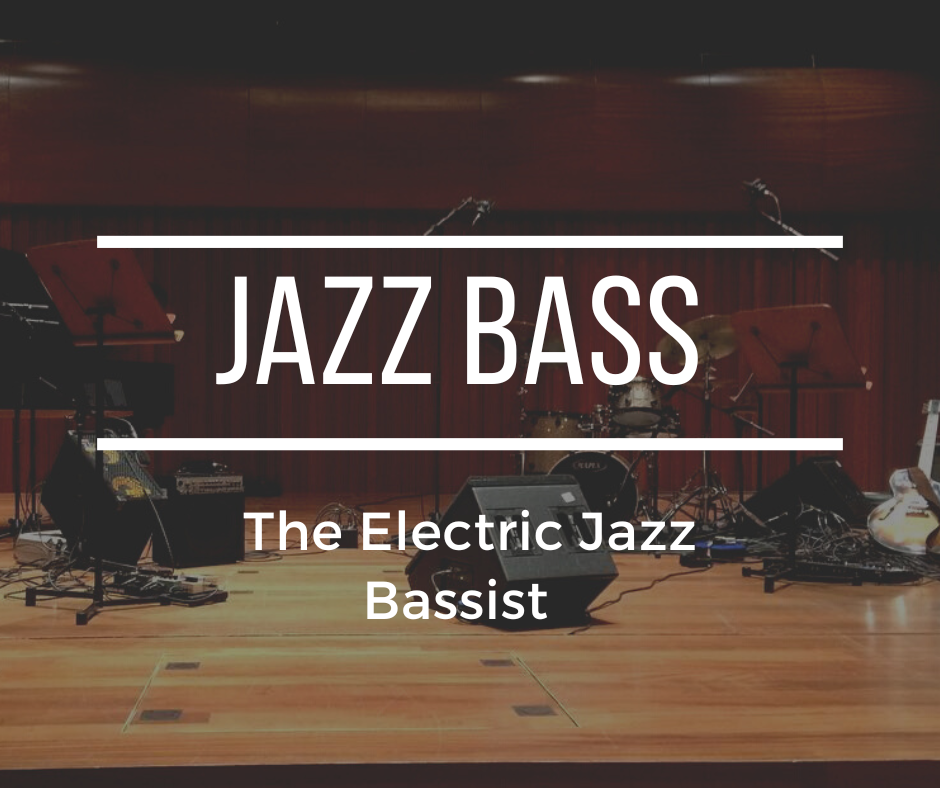From the early twentieth century to the present day, various bass instruments have played a crucial role in Jazz music. In the early days of Jazz, the marching bands of New Orleans relied on instruments like tubas to hold down the bass line. Tuba players typically anchored the rhythm in a two-feel pattern, emphasising roots and fifths.
The double bass, which originated in Italy in the early 16th century, made its way into Jazz music in the 1920s. It has a rich history, especially when compared to the Electric Bass. Early New Orleans bass players like Pops Foster and Wellman Braud used a range of techniques, including bowing, pizzicato and slapping. They began to explore bass lines in four, ventured into solos, and embraced chromatic lines elements that were more accessible on the double bass than on the tuba.
Getting the Jazz Sound
One of the key distinctions between these two instruments is in their sound production. The double bass generates sound by pushing air within itself, while the electric bass requires an amplifier to project its tone. When trying to recreate the “Jazz sound”, focus on three essential qualities: tone, attack and swing.
Tone often boils down to personal preference. However, relying solely on the bridge pickup may result in a thin tone. It’s advisable to blend in the neck pickup to add depth. Also, consider boosting the low frequency range from your amplifier to have more punch into your sound.
Pay attention to the placement of your plucking hand. Position it over the neck pickup when playing in a four feel and occasionally shift it over the bridge pickup to accentuate certain details in your bass line. Experiment with playing up and down the neck instead of across it and incorporate techniques like pull-offs, open strings and skips for added flair.
To add swing into your playing, dig into the strings, allowing a bit of space between the notes. Push slightly ahead of the beat for a sense of urgency and drive in your rhythm. During soloing, you can experiment by occasionally playing slightly behind the beat.
Electric Jazz Bassists
Monk Montgomery
He was the first bassist to seriously play jazz on the electric bass, and he co-led the Mastersounds group in the late 50s and early 60s. In the early 1950s vibraphonist/bandleader Lionel Hampton decided he wanted to use the newly developed Fender bass in his big band. He offered Monk the bass chair on the condition that he would play the new instrument. Monk accepted and claimed his place in electric bass history.
Style: He was good, with a beautiful round sound and he didn’t show off, he used thumb style techniques and made the band sound good. There was never a lot of slap, pop or speed to Monk’s playing, it was just a smooth rhythm section player.
Recommended listening: Art Farmer Septet (tracks 1-4)
Steve Swallow
Perhaps the most significant figure in traditional jazz to play the electric bass. Early in his career he played acoustic bass with Thelonius Monk which it led to a high degree of credibility for any of his subsequent work. He went on to work with major jazz artists such as Gary Burton, Pat Metheny and John Scofield.
Style: One of the most unusual attributes of Swallow’s electric bass playing style is his use of a pick and his extensive use of upstrokes. He achieves a full and unique sound and plays in a sophisticated and tasteful manner. Swallow’s sound and lyrical soloing style have made him one of the most admired bassists in jazz. You’re not going to get a lot of fast playing and elaborate harmonic explorations from him, he plays in a more melodic way. This approach has proven to be extremely successful and stands in contrast to many of the other electric bass luminaries active today who are known more for technical ability.
Recommended listening: John Scofield Trio Live
Anthony Jackson
Anthony Jackson is simply a legendary figure in the bass community today. He has played and recorded with some of the greatest names in modern music and his discography spans many genres of music. Some jazz artists he played with are Dizzy Gillespie, Buddy Rich, Michel Petrucciani, Mike Stern to name a few.
Style: I considered myself lucky as I saw AJ in London at Ronnies a couple of times. His playing has so much taste, incredible sound, great groove, very melodic…AJ has it all, the word that comes to mind is precision. He also uses different techniques going from palm muting to fingerstyle and he plays lots of fast passages.
Recommended listening: Rock Candy by John Tropea (tracks 1-3, 5-7, 10, 12)
Bob Cranshaw
Best known for his extensive touring and recording with Sonny Rollins, Cranshaw was an accomplished jazz bassist and he also worked extensively as a session musician for films and television.
Style: He utilises a sparse soloing style that focuses on being melodic rather than display virtuosity.
Recommended listening: Here’s to the People by Sonny Rollins
Jaco Pastorius
He doesn’t need any introductions, he changed forever the approach of playing bass and every bass player in the planet knows how important he has been for the bass community. Jaco become an international sensation in the 70’s when he joined Weather Report but he already had years of playing on his shoulders, he had so many influences in his playing and jazz was one of them.
Style: Even while fulfilling a support role within the band, with his particular style, he managed to transform the bass into a solo instrument by playing melodies, chords and harmonics, his bass lines are rich of syncopation and ghost notes.
Recommended listening: Standards Zone by Brian Melvin
Other electric jazz bass players that come to mind are: Chris Brubeck, Marcus Miller, Baron Browne, Laurence Cottle, Dario Deidda, Jeff Berlin, John Lee, Victor Bailey, John Patitucci, Gary Willis, Tom Kennedy, Ron Halldorson, Jeff Andrews, Matt Garrison, Janek Gwizdala and Hadrien Feraud.
Remember to like the video or subscribe if you do like this content and if you want to support me more while learning or improving your bass skills check out my ebooks.
-
 The Bassist Bundle£11.95
The Bassist Bundle£11.95
